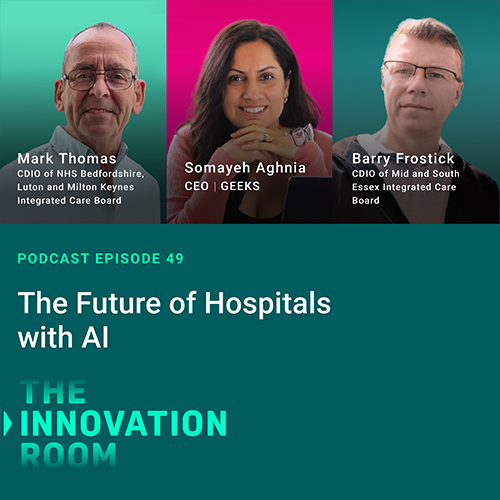
In the 3 levels of business automation, how deep are you able to dive?
For centuries, businesses have been moving from people to machines where they could. And that’s a good thing for everyone. Almost.
Put simply, a piece of work is considered automatable when it’s rule-based and predictable, not needing human judgement or creativity.
Automation isn’t exactly a new idea. What has changed though, is what is automatable.
1. Macro-Automation
Every business has processes all over it. From recruitment to holiday management, and from advertising to credit control, processes are everywhere. Some are well-defined and documented and some are in people’s heads. Some are fully automated. Some are fully manual. But, most are somewhere in between.
In fact, what we call “work” is generally a process that isn’t automated in its entirety.
Every business process can be broken down into one or more steps. The old-school thinking considers a process automatable if all of its steps were automatable.
We call that Macro-Automation. It’s a no brainer and you must already be doing it. In fact, if you ask employees to do those manually, sit down and rethink your life choices.
2. Mini-Automation
A more modern management thinking narrows the scope of automation down into individual steps within a process. The idea is, even if a process as a whole is not automatable, at least it can be shortened by automating certain steps, limiting the scope of human work to just the remaining ones.
That approach is Mini-Automation. It is powerful and can bring efficiency, reliability and other goodness to the business.
Implementing this successfully can be tricky though. It needs a low-friction collaboration between people and systems. The challenge is in the orchestration. Who is going to harmonise the overall process where some steps are done by people and some by software? I will write another article on that later.
3. Micro-Automation
Processes can be broken down into steps. But why stop there? When you get deep, almost without exception, every step, aka task, has 3 phases:
- Data inflow: Gathering the information. Running a search in this system and that. Scrolling up and down to look for that particular thing. Reading the request email or form from x and y. Basically, load every relevant piece of information into our merely mortal short-term memory.
- Decision: Matching the loaded information in our brain against our know-how,, the documented and undocumented business rules, past experiences, even imagination. Ultimately deciding what to do.
- Data outflow: The execution of the decision. Making it real. Clicking that and typing this. Sync the real world with the one just simulated in our brain.
Normally we don’t think about our tasks in such detail. But the 3 phases are happening nonetheless.

The progressive approach to automation is to revisit previously non-automatable process steps and zoom down to individual phases.
The idea is that even if a task needs the human mind, it is often due to very specific judgement or decision points, rather than its entire execution. For example, why not automate even just the Data Inflow phase by auto-searching and bringing all the relevant information in a clear and digestible format, and even pre-highlight the key elements, leaving just the Decision and Data Outflow to remain manual?
We call that micro-automation. And boy, is it powerful.










